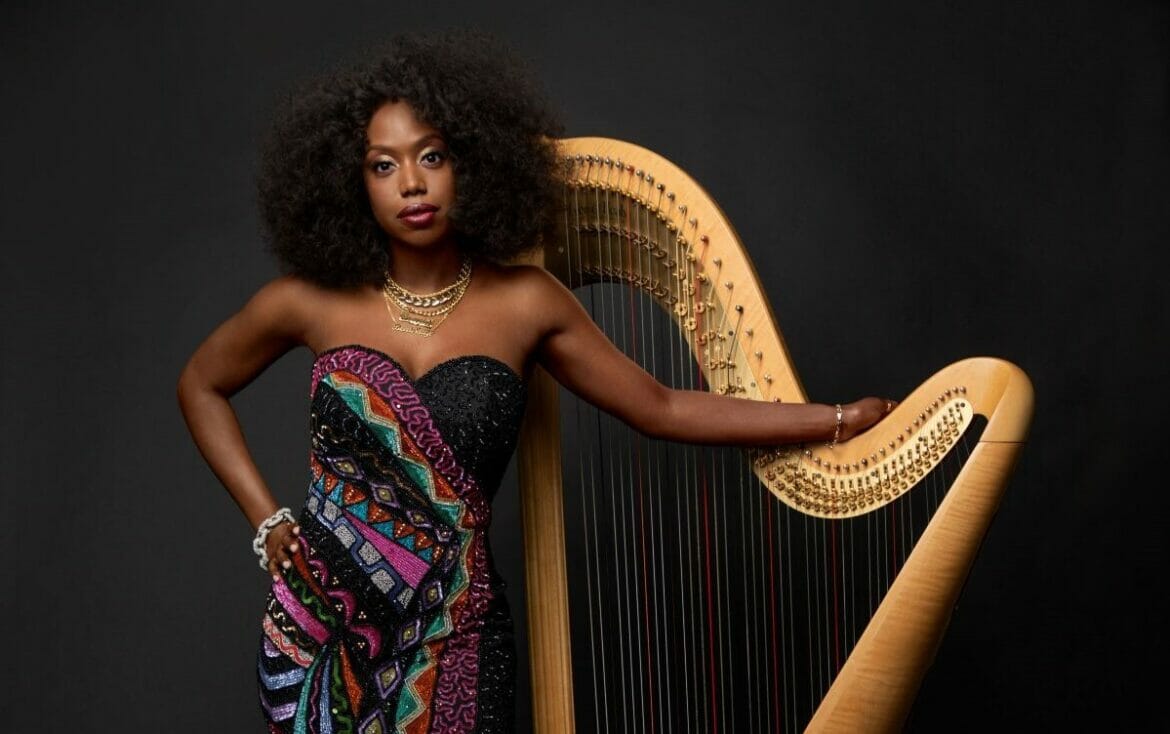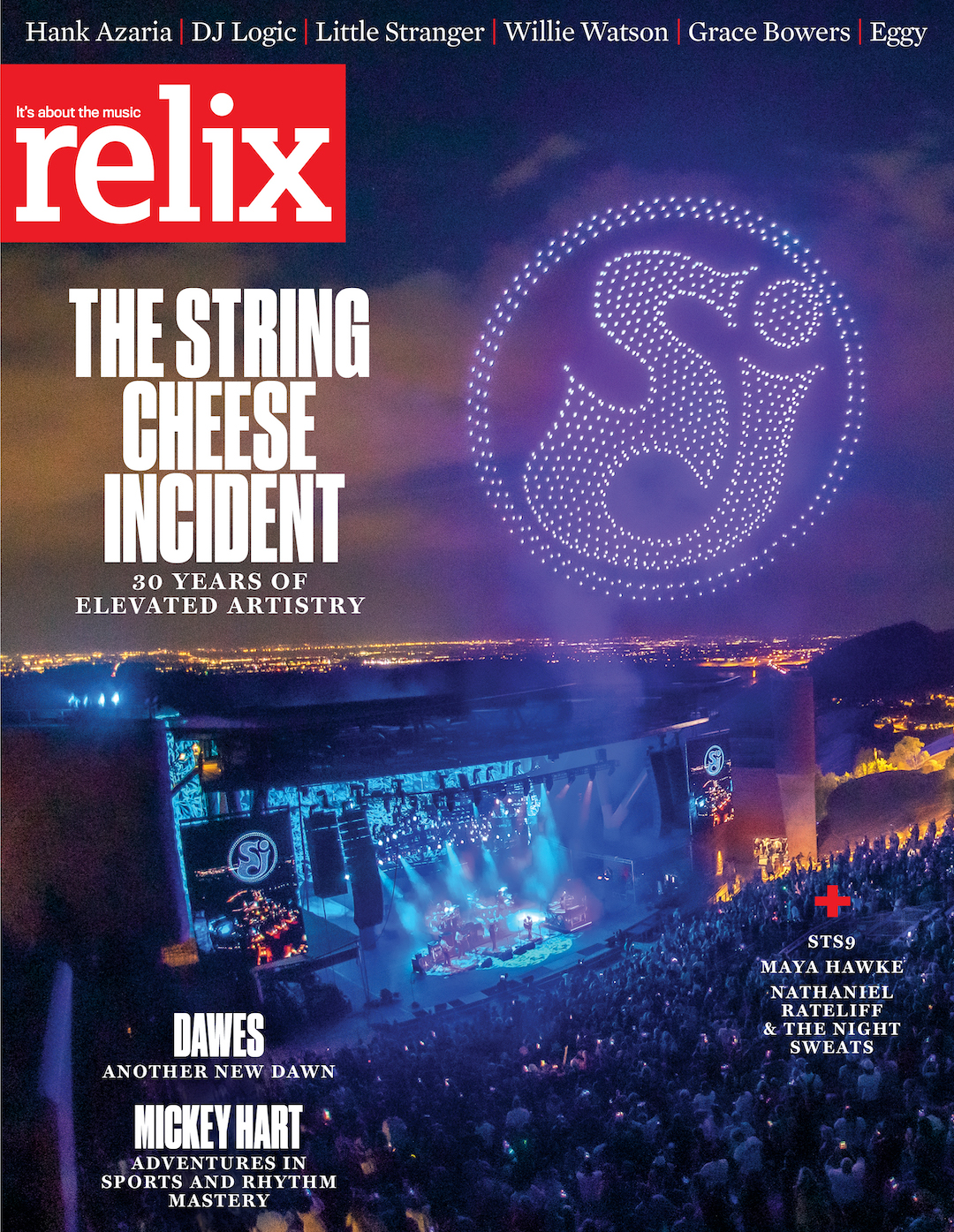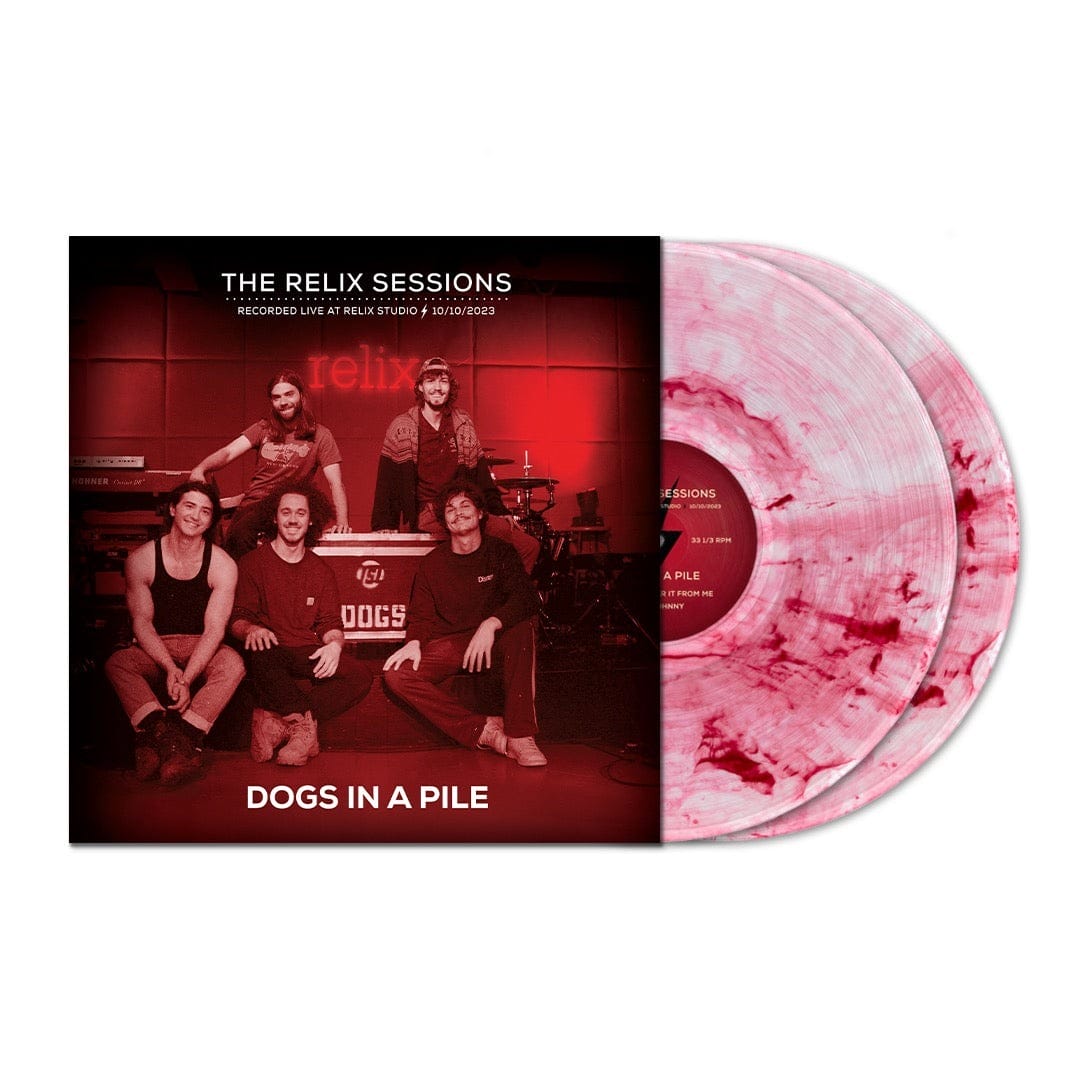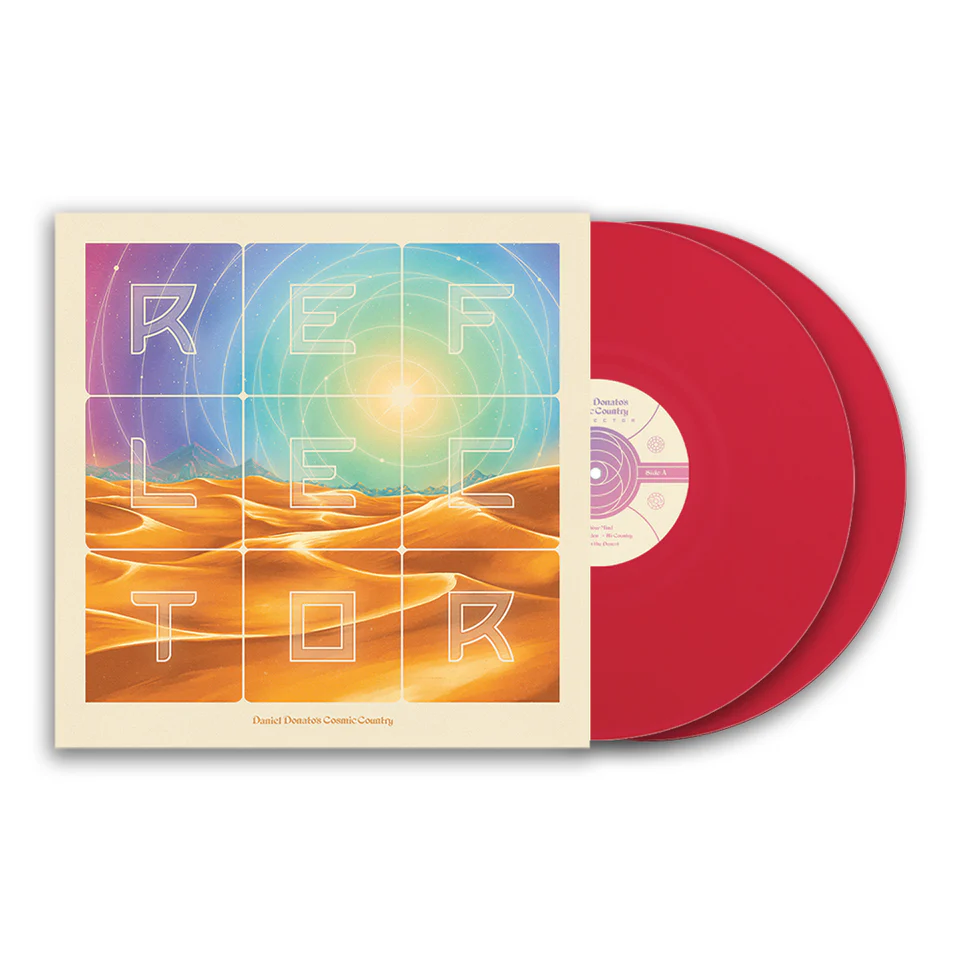Spotlight: Brandee Younger

Photo: Erin O’Brien
***
Brandee Younger knows that her chosen instrument, the harp, is something of an outlier. It has a very specific tone and feel and is anything but portable—good luck trying to convince a flight attendant that it will fit into the overhead compartment. Making Younger’s choice even more of a challenge is the fact that she isn’t especially interested in playing the harp in a classical orchestra. Younger is, primarily, a jazz musician, one of very few who have made the effort to integrate the 47-stringed instrument into the genre.
Does she think there is a possibility that the harp will ever join the saxophone, piano and guitar as a common sight in a jazz setting?
“I’m working so hard,” says Younger, who turns 40 on July 1. She chuckles a bit when she says it, but she’s serious. “I’m working the room. But I do think that it will, especially as the instrument becomes more popular. The more people see it outside of an orchestra, the more people know. You can see and hear its possibilities, especially when you look at the origins of the instrument. It did not start out in any kind of orchestral situation.”
With that goal of spreading the news in mind, Younger has released Brand New Life, an album consisting of both original compositions and interpretations. Most of the non[1]original material was written by the late Dorothy Ashby, who, along with the also-deceased Alice Coltrane, helped put the harp on the jazz map.
“It’s giving them a whole new life,” Younger says of the Ashby tunes, some of which were never actually recorded by the pioneering harpist.. “I didn’t want this to be, ‘Here’s another tribute record.’ I’m doing them in a different way, through the lens of my unique style.”
This is not hyperbole. From the start, Younger was more interested in performing pop, R&B (Stevie Wonder’s “If It’s Magic” closes out the new album), jazz and hip-hop than classical repertoire. Sometimes she cross-stitches several of those elements in the same tune: On Brand New Life, her version of the Michel Legrand[1]authored ‘60s pop standard “The Windmills of Your Mind” features hip-hop producer 9th Wonder.
Younger grew up on Long Island, where she first became interested in the harp, then quickly discovered that finding someone to teach her the instrument was not going to be easy. “My grandmother would be like, ‘Oh, I knew a harpist.’ I was like, ‘Man, she don’t know what she’s talking about.’ Then my nana brought her to the house. Shut me up real fast.”
Younger’s initial lessons led to more advanced training with another local harpist and, ultimately, to an undergraduate degrees in Harp Performance and Music Business from The Hartt School at the University of Hartford.
“If it wasn’t for her catering to my wanting to play pop tunes, I probably wouldn’t be able to do what I do today,” Younger says of her early mentor.
By the time Younger started her graduate program at New York University, she’d impressed both well-known jazz artists—like Hartt’s Jackie McLean, the great alto saxophonist—and those critics who happened to hear her. She was soon collaborating with the likes of Pharoah Sanders, Jack DeJohnette and Charlie Haden, adding harp parts to recordings by artists as diverse as Common, Lauryn Hill, Ravi Coltrane and John Legend, and cutting her own releases as a leader. In 2021, she signed with the venerable jazz label Impulse! Records and released Somewhere Different, which was produced by her partner, Trey Anastasio Band bassist Dezron Douglas. A track on that album, “Beautiful Is Black,” earned Younger a Grammy nomination for Best Instrumental Composition, the first time—incredibly— that a Black woman had been nominated in that category.
Brand New Life, produced by Makaya McCraven—whose 2018 Universal Beings album featured Younger—is her sophomore effort for the imprint. Throughout, Younger aims to pay homage to Ashby while keeping the music rooted in the present; hence, guest appearances by Mumu Fresh, Meshell Ndegeocello and Pete Rock, the latter’s drum programming turning up on the Ashby track “Livin’ and Lovin’ in My Own Way.” The songs range from those featuring a full-bodied band configuration to the solo piece “Come Live With Me (Interlude).” Listening to Younger navigate the harp regardless of the style, one wonders how challenging she finds it to improvise on an instrument that is rarely utilized in that way.
To be sure, it wasn’t easy. “I don’t know when in history musicians stopped improvising and just started reading,” she says. “We’re not taught to improvise in our classical studies so why would you be able to improvise in any other genre? The mechanics of the instrument become an issue when we’re talking about harmonic changes happening quickly. Nobody’s playing [John Coltrane’s] ‘Giant Steps’ [on the harp] because there is too much pedal movement.”
Younger has also found that nearly every time she takes her harp into a session where the other musicians are unaccustomed to interacting with one. “They rely on me to figure out how I can fit into the equation,” she says. “Always.”
But Younger is still focused on her mission to bring the harp into the jazz mainstream, and, to that end, she also teaches others how she makes it work. “I feel it’s an obligation to teach; it’s something I’ve always done,” she says. “The playing is my bread and butter, but teaching is something I feel I needed. It helps me become a better musician. But I also don’t want to waste the little bit I got. I want to share it.”




















